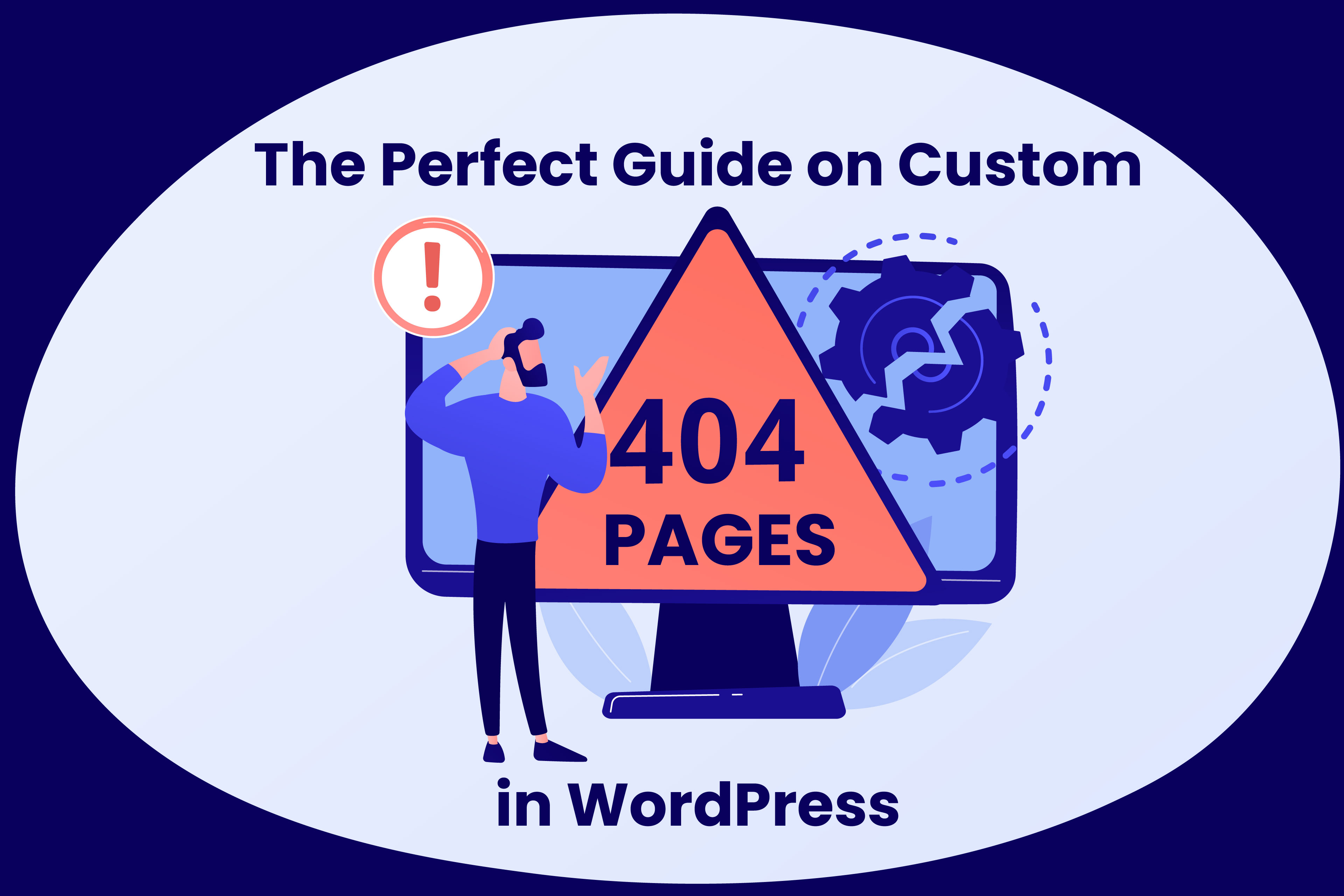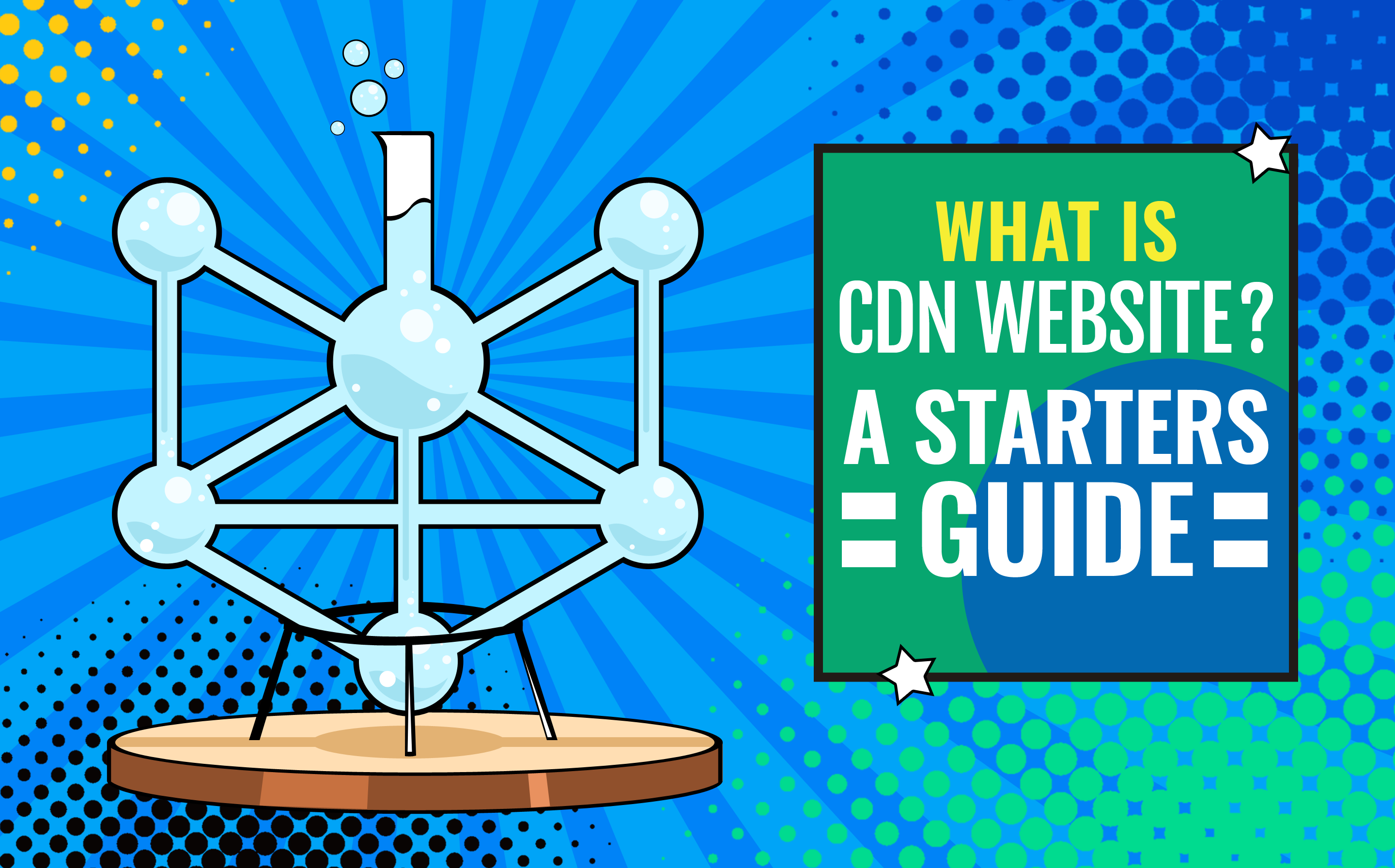What does CDN stand for?
Content Delivery Network (CDN). Website speed and performance are two things that make or break a website/blog. So if you’re wondering how you can ramp up site speed, this is the right time to consider a CDN. First, we shall delve into this technology by defining it then we’ll explain how it works. On top of that, we shall look at some of the factors that should help you determine whether you need a CDN (or not) and, lastly, how you stand to benefit by using it.
What is CDN (Content Delivery Network)?
You’ve probably heard of CDN or seen websites that use it but don’t know what it stands for. The three-letter acronym stands for Content Delivery Network, a network of servers that deliver content to website visitors based on their geographical location.
Typical website traffic is directed to the main server of the web host as it’s where all the data is held. Whenever there is a surge, the servers may struggle to deliver the static content. This may result in a slow-loading website as visitors use one server to access information.
So, why should you care about site speed? Website Designer and Google consider site speed among other factors when ranking a website. A significant number of consumers also prefer visiting websites that take no more than 2 seconds to load. According to Kissmetrics, 40% of them will abandon any site that loads for more than 3 seconds. Thus, page speed not only impacts conversion or sales but loyalty and satisfaction.
Why Should You use a CDN?
There are many solid benefits of implementing a CDN on a website. The first is that it will improve site speed and accessibility from any part of the world. Second, CDN technology uses proxy servers which means traffic is distributed based on visitors’ location.
Let’s say you have hosted your website, but you don’t have a CDN. A visitor from London will wait for all the static resources to be served, taking time. If you had a CDN, the UK visitor would access your website faster since you would deliver the content from proxy servers within London.
The main server will still be there, plus its database. What only changes is that you will serve the images, videos, and stylesheets from multiple servers in the six continents. So whenever visitors open your site in their browser, you will deliver static resources from the nearest proxy servers.
What result can you expect? First, your website will load 50% faster than it normally does once you implement a CDN. Two, you will now have multiple lanes to channel traffic to your website, not just once. So no matter how many people visit your site, all will be able to access pages quickly.
Not everyone who lands on your website design is a genuine visitor. There are spammers, bots, and traffic sent from DDoS attacks directed to your server. With a CDN, you won’t have to worry about what negative traffic sources will do to your site. CDN will effectually curtail such traffic and prevent downtime.
Using a CDN can reduce the costs associated with web hosting. The reason is that you won’t depend on one server to load and deliver website resources. In addition, the CDN will lower the bandwidth required to serve content for multiple visitors. Though you still pay for CDN service, you won’t have to pay for more bandwidth. You can check the eCommerce website design in Auckland for reference.
How does a web host work with CDN?
You cannot use a CDN minus a traditional web server. It would be best if you bought a hosting plan so that you can implement a CDN. Why? The hosting account carries all your files. It’s where you will install your website. On the other hand, CDN is a network of proxy servers that augment the performance of your main server. The CDN will deliver images, videos, stylesheets, and Javascript files. Basically, you will serve all the static content on your website via the CDN service.
5 Reasons to use a CDN for your Website
So far, we’ve looked at the benefits of implementing a CDN. Now you know that technology enhances a website’s performance. But do all websites require a CDN? How about yours? Frankly, not every website requires this technology. A small website or website with small traffic is among them. Let’s look at factors that should inform your decision to use a CDN.
- A website with huge traffic
The best way of dealing with heavy traffic is to implement a CDN for your site. Without it, you can be assured of downtimes because the servers may not be configured to deal with heavy traffic. In addition, a CDN service will ease traffic by distributing it to various servers worldwide rather than directing it to the main server. If your eCommerce website design is running on a local server, make a quick switch to a cloud hosting service that will scale up depending on your needs.
- Targeting Global Traffic
CDN is more useful to individuals who get traffic globally than locally. It will come in handy, especially when there is a traffic surge or whenever visitors access media files on your web design. CDN will allow content and resources to load faster by using a server close to the visitors. If you operate a local store website, you don’t need a CDN since the traffic is small.
- Site experiences downtime
Consider using a CDN if your website has suffered downtime many times. It will help you deal with slow load times that put customers off. Talk to your web host to see if the problem is with the server. There are many useful tools such as Pingdom that can help you measure site speed and monitor performance.
- Rapid growth in business
One of the major reasons why people use CDNs is when they experience fast business growth. A traffic surge may not have hit you, but it’s good to implement CDN as the traffic grows. This will ensure that your small business website remains up and running, whether there is a surge or not.
Closing following the above reason is the need to implement CDN during a product launch or a promotion. Both events could trigger massive traffic that could overwhelm your website. So don’t wait until you experience downtime. Instead, upgrade to a dedicated hosting service and implement a CDN, and you’ll never have to worry about any traffic surge.
- Content heavy site (lots of photos and images)
Does your website design have lots of media files? If so, that means visitors have to wait for all the resources to load before they can access it. You can improve the load times by smushing images and compress files on a WordPress site. Better still, consider using a CDN to deliver the content. This is a great way of improving site speed and making it accessible to visitors across the globe.
If you have a small business website design with just a couple of pages, then using a CDN shouldn’t be a priority for you. The reason is that you won’t see any significant change in speed when you implement a CDN. However, you can improve page speed by use-fewer images and reduce page resources.
Wrapping it all
CDNs are useful in ensuring that websites run smoothly. Top sites with heavy traffic and content use CDN technology to keep services accessible. If you have a fast-growing site with lots of traffic or expect surges in traffic, then you definitely need to consider using a CDN. The same case applies to anyone with a site with performance issues or tons of media files. KeyCDN and MaxCDN offer exceptional services. Why not give them a try?
If you need further help on this topic, Web Digital can help you in many ways. Aside from offering web design services, we also provide web hosting and other plans. We’re a well-established web design specialist (NZ), and we can help your small business web design grow with our assorted website design packages in NZ to choose from. Also, to get more information about the website design services in Auckland, contact Web Digital!





















